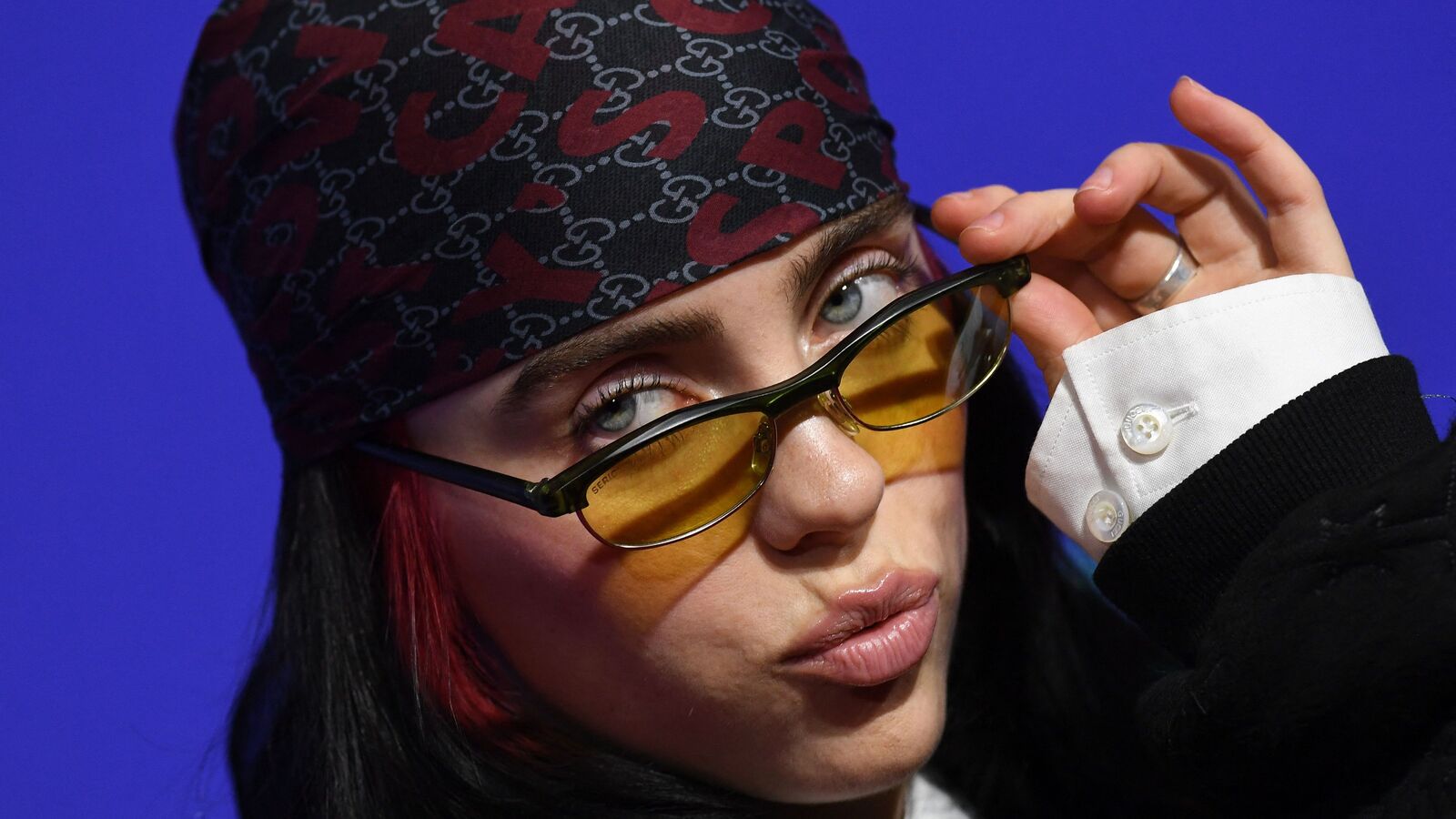For Billie Eilish, cassettes and CDs probably seem charmingly retro. Born in 2001, the artist was six years old when Spotify launched; today she is the platform’s fourth most popular artist. Eilish has only known the listening habits of the 21st century. And yet she has emerged as an unlikely champion of a timeworn format: the album. She declared her new record, “Hit Me Hard and Soft,” released in May, to be a “cohesive” work, “ideal for listening in its entirety from start to finish.” No singles were released in advance as an appetizer for hungry fans.
She’s not the only chart-topping singer to emphasize the album rather than its components. Ariana Grande promoted “Eternal Sunshine,” released in March, with a single, emphasizing that she wanted listeners to “experience the album in its entirety this time around.” Dua Lipa’s 2017 debut album was preceded by six singles; she scaled back their number for her latest record. And Taylor Swift has released four successive sets of new material without any advance singles. Two of them were “surprise releases,” announced just before her arrival, again emphasizing the primacy of the album format.
For decades after the birth of recorded music in the 1920s, the single was all that mattered, not least because it was all there was: early gramophone records could hold just a few minutes of music on each side. As technology improved, playing times increased, and groups like the Beatles began to view LPs (“long plays”) as statements of ambition. Beginning in the mid-1960s, albums became something to be appreciated as complete works of art. In 1988, Prince released his album “Lovesexy” on CD as one continuous track, with the explicit aim of making song selection impossible.
Eilish and company are clearly out to prove their musical talent. Pop music is still considered ephemeral, because it relies on catchy tracks that can dominate the airwaves and charts. Singles account for about 65% of the total “consumption” of a successful rock album (including streaming and physical purchases). For a pop album, that figure rises to 85%.
This generation of pop stars has discovered that a deluge can be better than a trickle. Stars can encourage fans to buy their record on vinyl and also stream it. As a result, “the artist and their label partner earn twice as much,” says Chris Cooke of CMU, a music industry website. And by releasing songs all at once, artists enjoy the kind of chart dominance that sporadic singles don’t provide. Eilish currently has three songs in the Billboard top 20. After the release of “The Tortured Poets Department,” Swift claimed the top 14 spots. Singles are still useful for aspiring pop princesses, but not for queens.
© 2024, The Economist Newspaper Limited. All rights reserved. From The Economist, published under license. The original content can be found at www.economist.com
Disclaimer:
The information contained in this post is for general information purposes only. We make no representations or warranties of any kind, express or implied, about the completeness, accuracy, reliability, suitability or availability with respect to the website or the information, products, services, or related graphics contained on the post for any purpose.
We respect the intellectual property rights of content creators. If you are the owner of any material featured on our website and have concerns about its use, please contact us. We are committed to addressing any copyright issues promptly and will remove any material within 2 days of receiving a request from the rightful owner.

